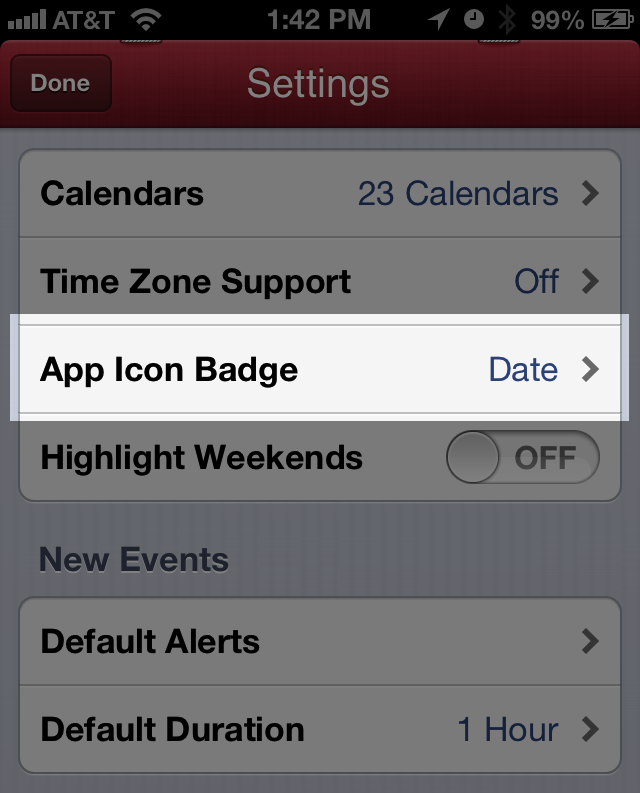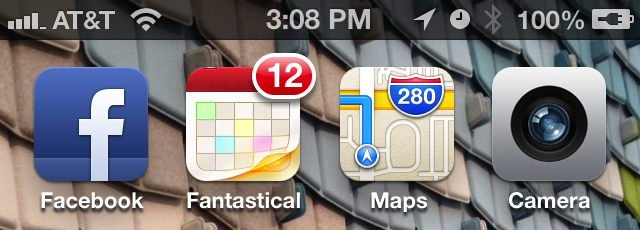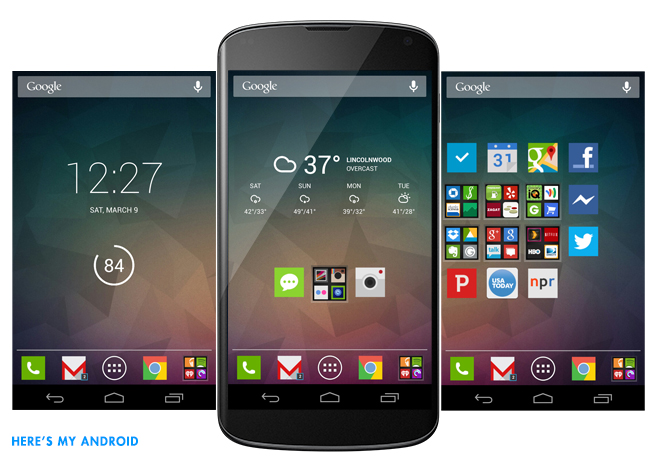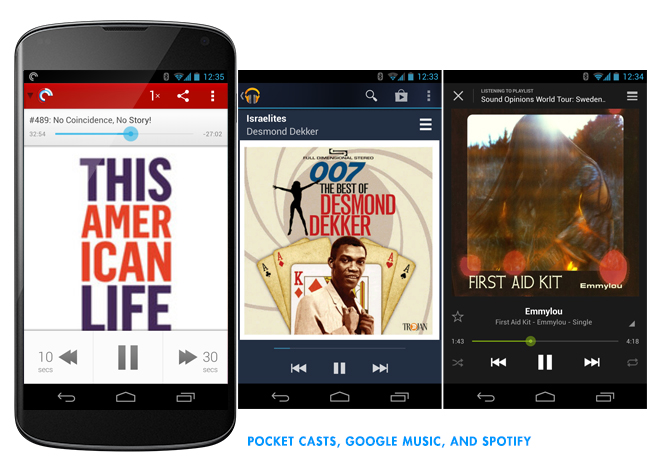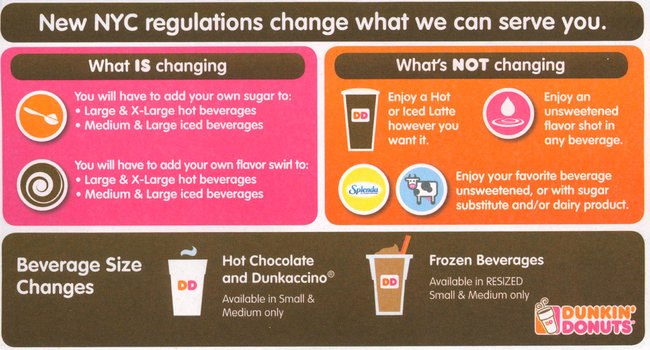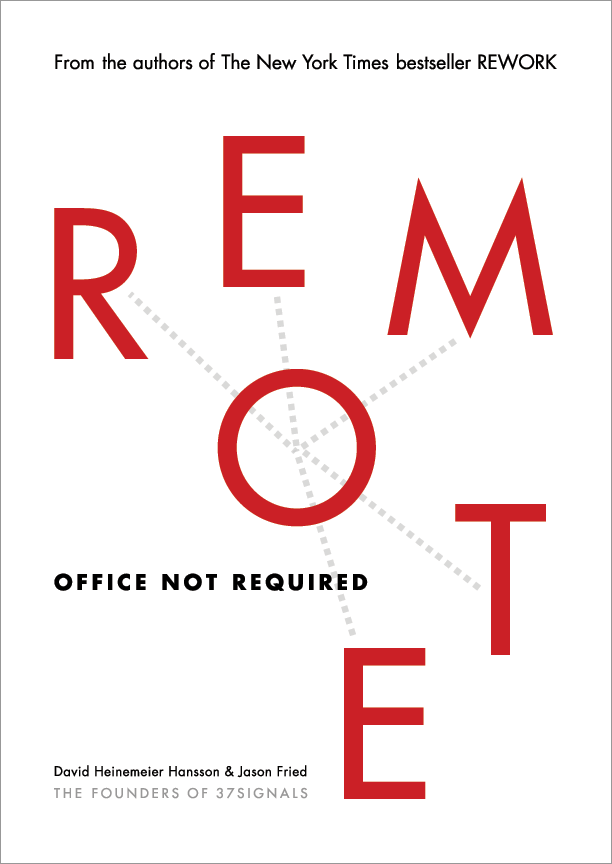In our industry, you’ll often hear people say things like “if someone can’t figure it out in 10 seconds then they’re gone.” Or “I checked out the site and I couldn’t figure out what they did so I left. Terrible design.” Or “if it takes more than a couple sentences to explain it then it’s not simple enough.” Or “too much to read!” Or “there are too many fields on this form!” Or “there are too many steps in this process.”
I’ve said some of these things in the past, so I understand the knee-jerk impulse that lead to these sorts of reactions.
However, something’s usually missing from these assessments of the situation: The actual customer’s motivation. How motivated is the customer to solve their problem? What are they here for?
If you’re just evaluating something purely on a design-principles basis, then it’s easy to be binary about it. Good, bad. Too slow, not clear enough, confusing, whatever.
But it’s lazy to evaluate things that way – and trust me, I know, I’ve been lazy about it in the past. I’ve just recently come to remember that you have to factor in motivation.
How motivated is the customer? If your motivation is to evaluate a design, how can you accurately comment on whether or not it’s good or bad unless you understand the customer’s motivation? Their motivation isn’t always to get in and get out as fast as possible.
Customers come to learn something, research something, consider something, buy something. If they are motivated, they may not mind spending five minutes reading. They want to read, they want to know. They’re OK investing their time to find something out if they really care about the answer.
For example, while a longer form – one that a designer might cringe at – might lead to fewer trial signups, it might also lead to higher-quality, more qualified leads. A longer form could weed out the people who are just poking around from the people who are really motivated to buy.
Is clearer better? Yes. Is brevity better? Not always. Is speed important? It depends. How much detail is required? Just enough? Should you make it easier for people to get better answers sooner? Yes. But that doesn’t mean every question demands a 10 second answer and that doesn’t mean every form needs to be three fields or less.


